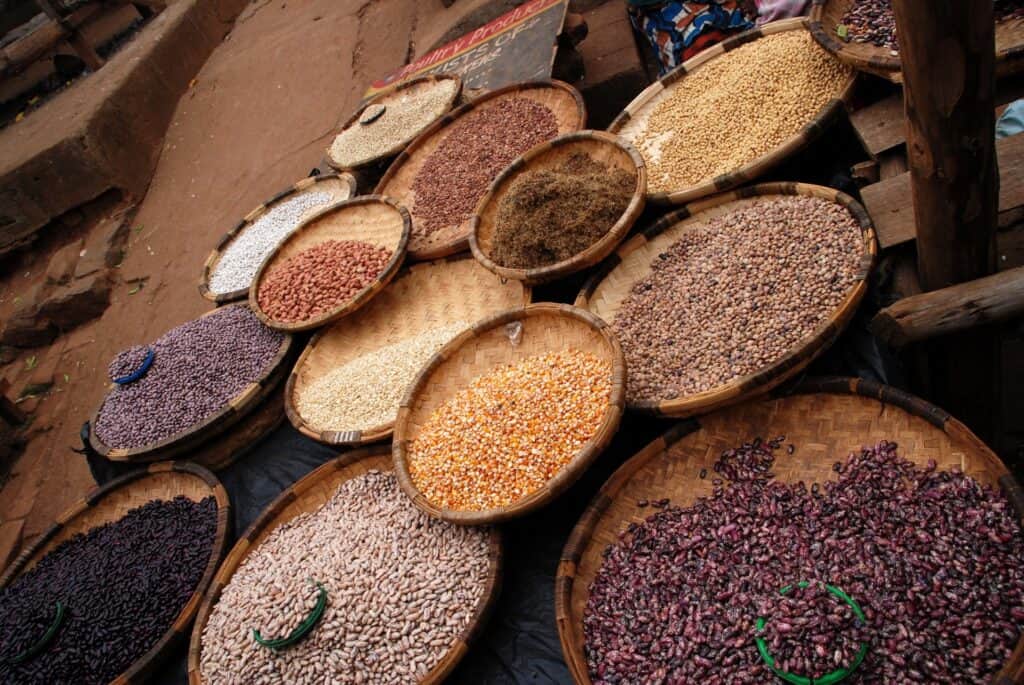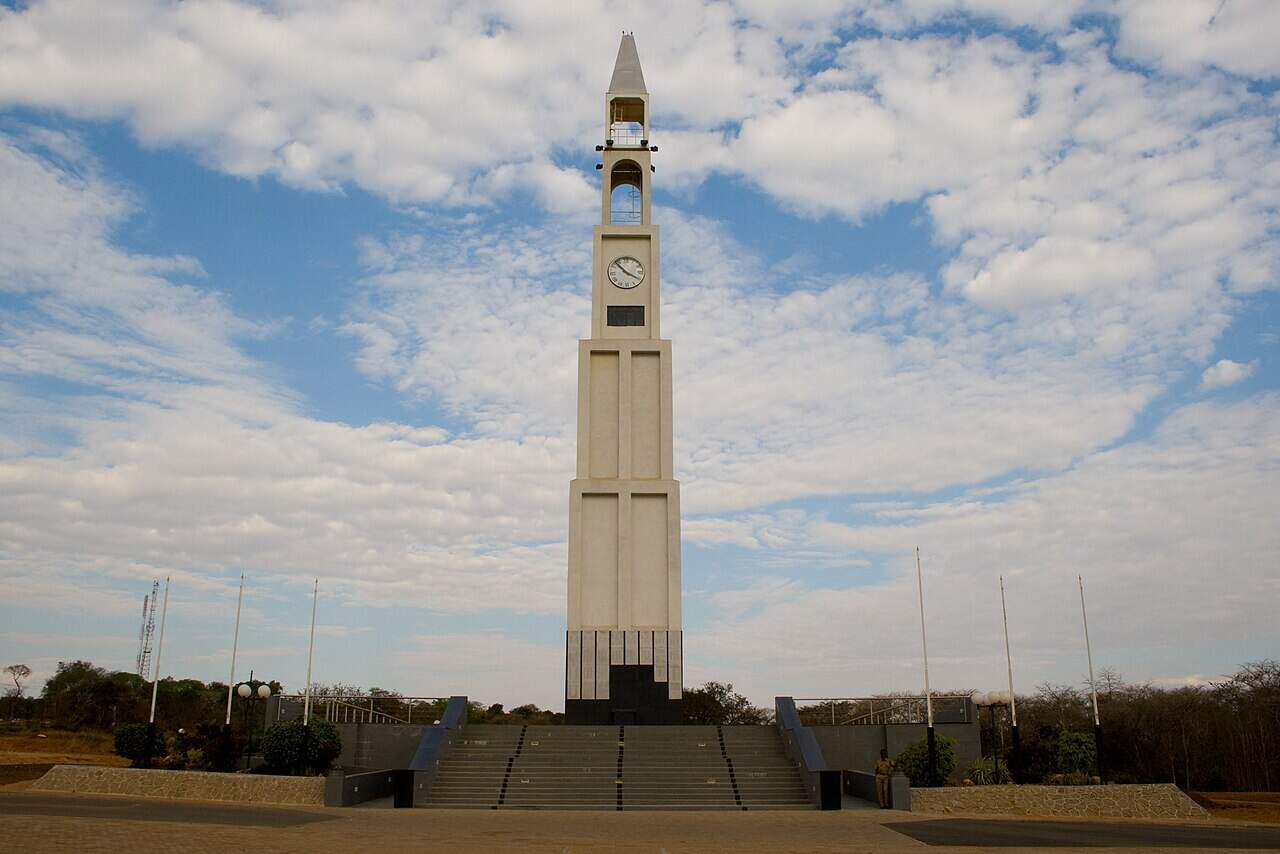Lilongwe doesn’t compete with Malawi’s great wildernesses or lakeshores, and that’s its charm. This is a city that doesn’t demand your attention but invites you to pause, stretch your legs, and take in a slice of everyday Malawian life while staying in one of its luxury hotels. At 1,050 metres above sea level, the air is cooler here, the pace slower, and the streets softened by purple jacaranda trees.
On the map, Lilongwe is in the centre of the country. Most journeys to Malawi’s wildlife centre pass through Lilongwe at least once. It’s the hub for international flights and road connections, and while it’s not usually a destination in itself, it serves as an access point to Malawi’s wild places and lakeside retreats.
Depending on your flight schedule, an overnight stay is often practical before continuing to the country’s true highlights. For those who do linger, Lilongwe quietly rewards with its markets, cafés, and a glimpse into everyday Malawian life, easily explored while staying in one of the city’s hotels.
Two Cities in One
Lilongwe feels like two different worlds stitched together. To the south lies the Old Town, a lively jumble of markets, tuk-tuks, and narrow streets where the scent of frying cassava drifts through the air. This is the heart of Lilongwe city, unpolished yet vibrant, full of life and energy.

To the north sits the Capital City, broad avenues, embassies, and government buildings from the 1960s and 70s. It’s modern and orderly, if less characterful, with Capital Hill at its centre, home to Malawi’s government offices.
Where to Go in Lilongwe
Old Town Markets
Lilongwe’s markets are an experience in themselves – colourful, noisy, and endlessly fascinating. Pyramids of tomatoes, mountains of mangoes, and piles of fragrant spices sit beside second-hand clothes and household wares. For many travellers, exploring the markets tops the list of things to do in Lilongwe.
Local Cafés and Restaurants
From a simple plate of nsima and relish at a roadside café to cosmopolitan eateries serving international favourites, the food scene reflects Malawi itself: hearty, unpretentious, and welcoming. If you’re looking for the best restaurants in Lilongwe, Malawi, and where to explore in the city, the Old Town is a good place to start.
When to Go to Lilongwe
The best time to visit Lilongwe is during the dry season from May to October, when the weather is cooler, rainfall is minimal, and travel connections are more reliable. June and July bring the most pleasant daytime temperatures, making it an ideal time to pause in the capital before continuing to Malawi’s wilderness or lakeside destinations.
From November to April, the rainy season sets in with hot and humid conditions. While this time brings greener scenery and lively markets, travel can be less predictable, and some schedules may be affected.
Getting To Lilongwe
The city is served by Lilongwe Airport (Kamuzu International Airport), about 25 kilometres north of the centre. Regular flights to Lilongwe connect via Nairobi, Johannesburg, and other African hubs. From here, onwards journeys are simple – whether you’re heading to the lakeshore, Malawi’s southern reserves, or crossing borders into neighbouring countries. Travel is seamless, and we’ll ensure your connections are handled with comfort and ease.
A Pause Before the Adventure
Lilongwe may not be a classic holiday destination, but that’s what makes it grounding. Stay in one of the luxury hotels and reset before the wilds of Malawi or reflect after a journey well-travelled. Spend a night, wander its markets, enjoy a local meal, and watch the rhythm of life move around you. You’ll leave with more than just the memory of a capital city; you’ll carry a quiet sense of connection to Malawi, Lilongwe, and its people.
When you plan your Malawi safari with Discover Africa, one of our safari planners will map out your stop in Lilongwe, providing you with options of hotels and where to go before you move to the wildlife centre of the country.
























